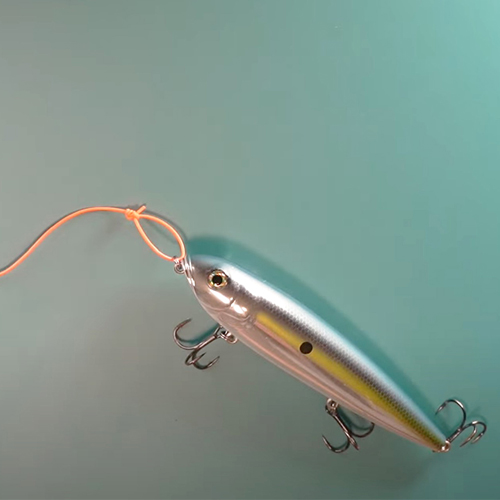How to Catch Bluefish
Bluefish can be a fun catch for anglers. From food preferences and habitats, it’s important to understand this species so you know how, when, and where to catch this fish.
The thrill of the catch is matched only by the strategic finesse required to reel in these formidable fighters. In this guide, we'll navigate the expansive distribution of bluefish, and delve into the art of selecting the right tackle and bait.
Bluefish Distribution
The popular bluefish is found in oceans throughout the world. If you want to understand where to catch fish like bluefish, it’s important to first learn their migratory patterns. In general, bluefish prefer temperate waters, typically between 45 and 80 degrees. Thus, bluefish move seasonally, migrating towards the north in the spring and summer months when the species can be found as far north as Maine and returning south in the fall and winter and are typically found only as far north as the coast of North Carolina during those months.
Time of Day
One great things about bluefish is their availability. With many species, the best times of day to head out for the best catch opportunities are generally early morning and dusk, during low light conditions, or on overcast days. But bluefish can often be caught and landed at any time, opening up nearly unlimited possibilities for scheduling your time on the water.
Finding Bluefish
Before you set out, scope out the ideal spot by checking fishing maps and charts, asking locals, or using a fish finder. When you’re out on the water, you can also look for sea birds diving into the water, which can signal a school of bluefish in the area. It’s a good idea to pay attention to the tide. For bluefish, the first couple of hours of a falling tide can signal great feeding opportunities.
Tough Tackle
Bluefish are fighters. While that can make for a fun day of fishing, you will also want to be prepared with your equipment. Be sure to have wire leaders for greater durability since a bluefish’s teeth can slice through a conventional line. For boat fishing, a seven-foot rod is appropriate, but you may need to opt for something longer if you’re surf fishing. A standard reel should work fine for bluefish. If you’re trying to catch larger bluefish, use a single fireball rig; for smaller versions, a double fireball rig can be used.
Best Bait for Bluefish
Bluefish are voracious eaters with sharp teeth, so mastering how to fish for bluefish depends on having plenty of bait! While they’re not very discriminating, there are certain types of bait that they prefer to strike at. Some angers use artificial bait but live is best. Good options include oily fish like eels. But really almost any form of baitfish can be used.
Another option when learning how to catch bluefish is to use cut bait. Try chunks in the shape of small baits. Or you may opt for whole dead baits like minnows with proper placement on the hook to look as natural as possible.
No matter what you use, just be sure to watch out because bluefish feed in large schools and feeding frenzies are common!
Popular Fishing Methods
Like many other types of fish, there are several methods anglers can use to be successful on the water. Some prefer live trolling since it’s easy and can still be productive, especially early in the season when the fish are offshore. Others like casting, either from a boat, the shore, a dock, or a pier.
Handling Your Catch
Once you’ve learned how to fish for bluefish and enjoyed the excitement of catching one, be sure to keep your hands away from the mouth area when you handle it to avoid being bitten by the sharp teeth.
If you plan to cook your catch, you’ll want to bleed the fish then pack it in ice immediately. And who wouldn’t want to dine on this fish species? Contrary to what some think, bluefish doesn’t have to taste fishy or gamey. Prepared right, and with the darker sections removed, they can make for a delicious meal!
KEEP LEARNING

How to Tie the Non-Slip Loop Knot
The non-slip loop knot is a popular and reliable choice for securing hooks, lures, and other tackle to your fishing line.
LEARN MORE

Socials
Take me fishing social media links
LEARN MORE

TakeMeFishing x Teen Vogue
Join us on a creative journey as fashion designer Ahmrii Johnson walks us through her collaborative vision and process with Teen Vogue and fashion brand, Rentrayage, to create a special piece.
LEARN MORE


.png?lang=en-US&ext=.png)